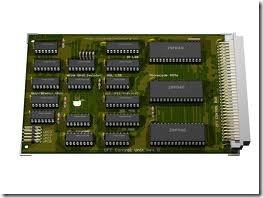The Control Unit
MEMORY BITS Internal Storage
• RAM (primary storage)
• ROM, PROM, and flash memory
• Cache
• Registers
Just as the processor is the nucleus of a computer system. the control unit is the nucleus of the processor. If you will retail from an earlier discussion, the control unit and the arithmetic and logic unit are the two fundamental sections of a processor. The control unit has three primary – functions:
1. To read and interpret program instructions
2. To direct the operation of internal processor components
3. To control the flow of programs and data in and out of RAM
A program must first be loaded to RAM before it can he executed.
During execution, the first in a sequence of program instructions is moved from RAM to the control unit, where it is decoded and interpreted by the decoder. The control unit then directs other processor components to carry out the operations necessary to execute the instruction.
the control unit contains high-speed working storage areas called registers that can store no more than a few bytes (see Figure 4). Registers handle instructions and data at a speed about 10 times faster than that of cache memory and are used for a variety of processing functions. One register, called the instruction register, contains the instruction being executed. Other general-purpose registers store data needed for immediate processing. Registers also store status information. For example, the program register contains the HAM address of the next instruction to be executed. Registers facilitate the movement of data and instructions between RAM, the control unit, and the arithmetic and logic unit .
Modern technology has taken away some of the romance associated with the computer mystique .Today’s computers don’t have hundreds of multicolored blinking lights and swirling tapes. the processing component of this supercomputer has only one switch – on / off .

